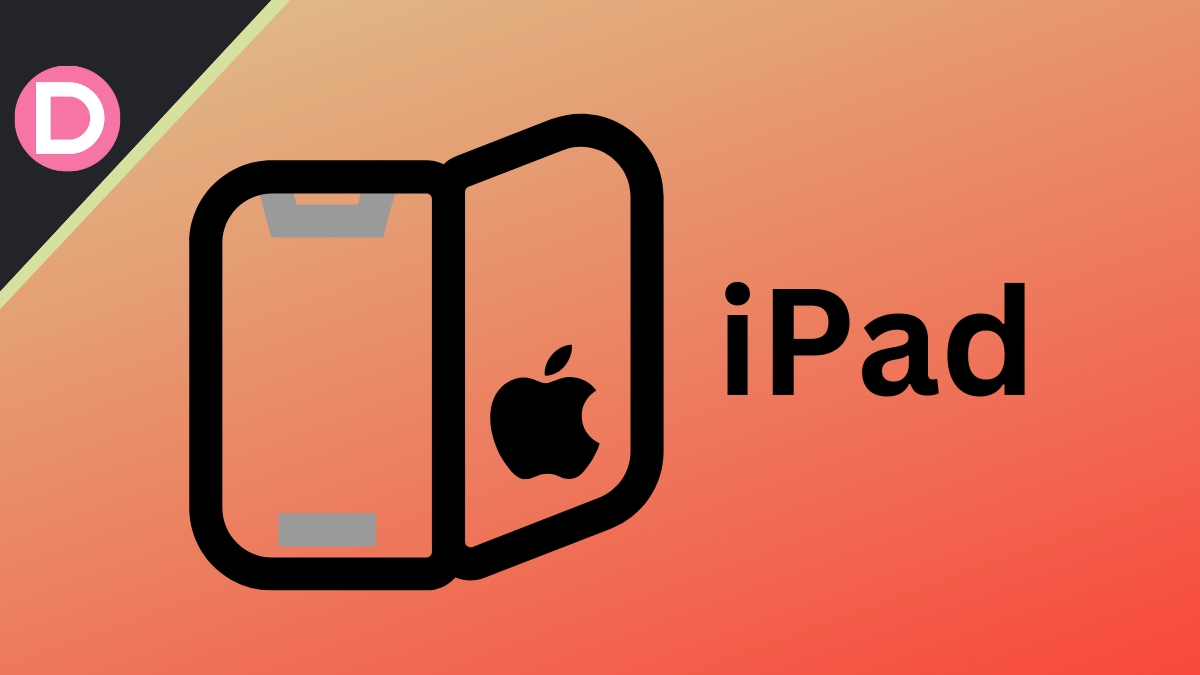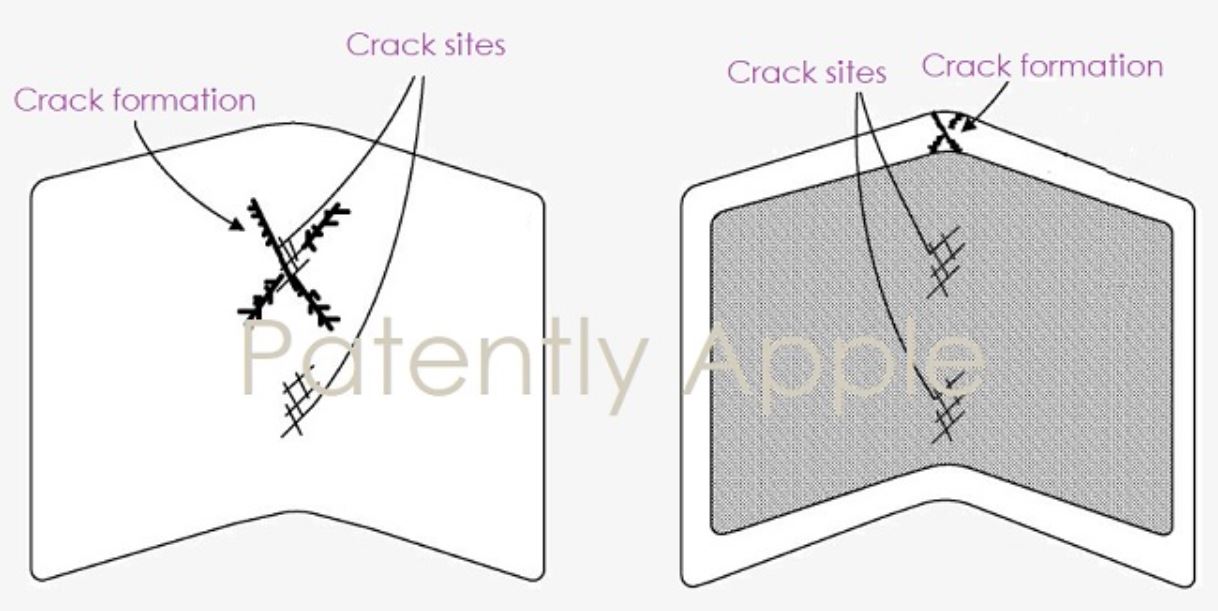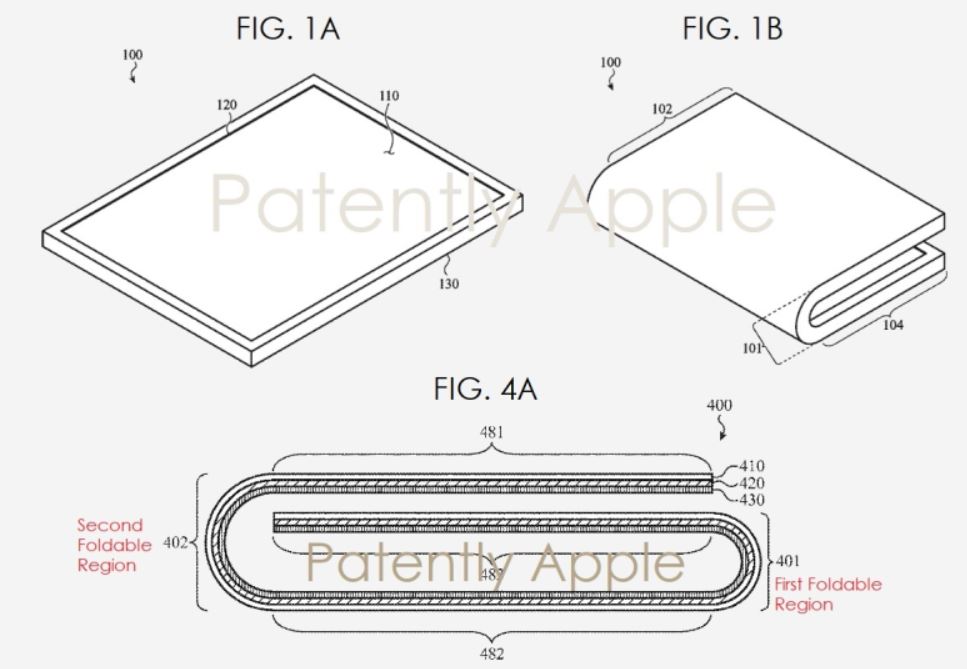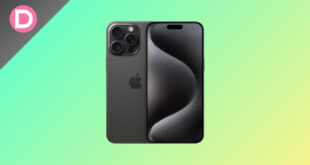Apple might have a foldable iPad in the works. It isn’t the first time we’ve heard of the concept. At CES 2023 (Consumer Electronics Show), we saw demos of foldable tablets from Samsung and LG.
These tablets bend and slide without breaking. Foldable phones recently picked up popularity after nearly two years of stagnation. Samsung is a pioneer in foldable smartphones, and they brought it to consumer electronics in 2019. The Galaxy Fold didn’t sell many units since the phone didn’t have the best quality control and was also generally very expensive.
The second phone was a solid refinement, and the sales began to hit decent numbers from their third foldable. The point is that Samsung took a risk launching the original Fold in 2019, and it’s paying off now.
Their hardware refinements, with the incredible software features and optimization, make it the only globally available compelling option. Apple isn’t known for taking market risks at all.
There are several examples of this. LG was the first to introduce an ultra-wide camera on the LG G5 in 2016. However, they probably didn’t spend enough time on marketing.
Apple wasn’t the first, but many people remember the iPhone 11 as the first popular phone with an ultra-wide camera. A recent example is the high megapixel count. The 14 Pro uses a 1/1.28″ 48MP sensor, and Android phones have had higher-resolution cameras for years.
We see this trend with 120Hz, too. Until 2021, iPhones didn’t support 120Hz since they probably thought the average consumer didn’t need it, which is wrong. Their approach to software is similar to this.
For example, home screen widgets, customization options, keyboard haptics, and picture-in-picture are features on Android phones first. Apple added these features several years after they became mainstream.
Why does Apple want to launch a foldable iPad first?
While sales figures for foldable phones saw a significant increase in the last few years, they didn’t come anywhere near the sales of slab phones. Apple’s revenue sources are diverse, but the iPhone remains its primary source of profit.
iPhones account for over 50% of Apple’s profit margins, generating over 350 Billion dollars annually from selling iPhones. iPads sell upwards of 50 Million units annually, a fraction of the iPhone sales.
MacBooks sell even fewer units than iPads. The second primary source of revenue generation for Apple is its subscription-based services. Some of Apple’s revenue comes from the subscribers of Apple Music, iCloud, etc.
Apple’s first foldable device is undoubtedly risky. We have extreme competition, especially from Samsung. The device might fail to hit mass adoption, and we can’t rule out quality control problems.
If the device performs poorly and people don’t receive it well, the reputation of iPhones will be scarred. Even if they follow up with a regular slab iPhone, it won’t have the same trust as before. It also probably won’t meet their expectations of sales figures.
Apple’s second most popular consumer electronic product is the iPad. The current lineup is convoluted and hard to navigate, but iPads are the most popular tablets in the industry.
Launching a foldable iPad as an experiment makes a lot of sense. This won’t affect their iPhone sales. If the first run is successful, they might follow up with a foldable iPhone later.
If the foldable iPad performs poorly, Apple will probably entirely shift their focus to the Mixed Reality headset they’re working on, which will likely see the light of day in 2023.
Foldable iPad: Display and Resolution
The best iPad Apple currently sells, the M2 iPad Pro 12.9″ model, has a 2048*2732 resolution. This stands at a reasonably sharp 265 PPI. This resolution is slightly better than 1440P but still behind 4K (2160P).
The M2 iPad Pro (12.9″) uses MiniLED technology. MiniLED works better than IPS LCD. It still uses a backlight, but each LED is small, and you can put several of them into one display package.
MiniLED offers much better contrast than IPS LCD and deep blacks while not having the usual burn-in problems we see with OLED screens. High Dynamic Range playback is fantastic, too.
While MiniLED is a logical step before introducing OLED panels on iPads, the foldable iPad will probably use a flexible OLED panel. We don’t have OLED even on mainstream iPads yet, so it’s unlikely that we’ll see a flexible OLED panel before we see a normal one.
The Apple Watch and iPhones use OLED panels, and many analysts expect Apple to shift to Micro LED panels on the Apple Watch soon.
We can also expect that Apple will use hybrid OLED panels for the foldable iPad, which are durable and flexible, similar to the ones Samsung showed off at CES 2023.
Apple currently depends on Samsung, LG, and BOE for their panels, with Samsung supplying most of them. They reportedly want to manufacture their displays in-house before 2024 and develop their MiniLED technology further.
This is big news since the new iPads could use displays that Apple makes directly, without using contract manufacturers.
Apple having more control over its parts and supply chain will result in higher profit margins, so it makes sense that they are trying to cut off dependency on contract manufacturers.
The latest rumors about the foldable iPad
Credible analyst and leaker Ming-Chi Kuo has many new insights about the upcoming foldable iPads. Apple is working with a company in China called Anjie Technology.
Ming-Chi Kuo does not expect any new iPad Mini models to launch in 2023. He expects mass production of the new iPad Mini to begin in Q1 2024.
To diversify the iPad portfolio even further, Ming-Chi Kuo expects a new foldable iPad to launch in 2024. Since iPad shipments of iPads might decline year-over-year, introducing a foldable option might boost sales and increase revenue.
This Anjie Technology company could design a carbon fiber stand for the new foldable iPad. These stands are light, premium, and durable. The company also makes carbon fiber support frames for foldable iPads.
(4/4)
Thus, I'm taking a cautious approach to iPad shipments for 2023, predicting a YoY decline of 10-15%. Nevertheless, I'm positive about the foldable iPad in 2024 and expect this new model will boost shipments and improve the product mix.— 郭明錤 (Ming-Chi Kuo) (@mingchikuo) January 30, 2023
Mark Gurman from Bloomberg has more exciting insights on the future foldable devices Apple is planning to launch. A ~20″ folding MacBook/ iPad hybrid device is in the works.
This could function as a dual-screen foldable laptop/ tablet hybrid. The secondary display might act as a keyboard with virtual keys when in laptop mode. Mark Gurman gave no exact release year but said, “Later in the decade”, which is very vague and ominous.
A MacBook-style clamshell foldable might come out after the foldable iPad since it’s much harder to launch a foldable laptop.
Another device nearly 6.7″ in size is also supposedly in the works, but it’s too early to discuss that since we still don’t have adequate information.
So, we’re looking at almost three devices (~6.7″, ~7.5-8″, and 20″) that could launch sometime soon.
Foldable iPad: Apple’s patents
If you’re looking for some proof that Apple has foldable technology, then there are plenty of patents to support the claims.
Apple has plenty of patents for future technology that might see the light of day in this decade. Apple has some patents that mention E-Ink panels to reduce power consumption.
They have a patent that describes a cooperative operating mode for better software connectivity. Think of it as a more advanced version of the Universal Control feature.
Sharing images, controlling audio between the two, playing different channels, etc., becomes much more seamless.
Another patent Apple currently has is for a backside display with a bendable position. This rear display is similar to the concept phone with a wraparound display, the Xiaomi Mi Mix Alpha.
A flexible screen with a small part of the bottom exposed, resembling the iPad dock, is a unique approach to a foldable device.
Countless patents refer to durability and crack resistance, and it’ll take forever to describe them. So, we’ll stick to the important ones. A patent describes a protective layer that prevents cracking at the fold mark.
There are more crazy patents of triple folding devices and vertical folding devices, and it’s way too early to talk about those.
There’s a chance that the foldable iPad could resemble Microsoft’s Surface Duo, but that’s unlikely since Microsoft is moving away from that form factor.
Samsung’s display division is actively testing flexible OLED panels for Apple’s foldable devices. If Apple’s plans to manufacture displays in-house suffer from delays, Samsung will remain the leading supplier of displays.
When Apple uses folding screens, it’ll most likely use waterdrop-style folding technology, similar to the Oppo Find N2. This reduces the crease visibility.
Apple’s Kickstand and the scope of the foldable market
It’s difficult to predict what the Kickstand is for, but the foldable device will indeed have a new smart keyboard to go with it. If Apple makes a new MacBook/ iPad hybrid, additional accessories are probably not needed.
For the iPad, people need a keyboard. This Kickstand could act as a keyboard, but there’s also a chance it’s just a regular kickstand with no technical advantages.
Since foldable phones are going mainstream with increasing sales year-over-year, it makes sense for Apple to enter the market.
The foldable scene is heating up in 2023. We have Oppo’s Find N2 and Find N2 Flip, which will make it to global markets. They do many things better than Samsung’s foldables, giving them tough competition.
Xiaomi’s Mix Fold 2 is another excellent foldable phone that never made it out of China. Besides Vivo’s X Fold series and the other foldables out of China, Microsoft and Google are also hopping on the foldable game.
In the future, Microsoft’s Duo project will make foldable phones instead of dual-screen ones, and Google’s Pixel Fold is hitting global markets in 2023. Apple has nothing to compete with these at the moment.
We already have flagship laptops with foldable screens, and the demos that Samsung and LG showed at CES promise a good future for foldable devices.
Foldable iPad Price Prediction
- The foldable iPad may start at 1500$ in the US.
We’ll surely see an increase in the price of the 7.5-8″ foldable iPad. It’s supposedly aiming to replace the iPad Mini, but there’s no way it’ll launch at the price of the iPad Mini.
The existing iPad lineup is tough to navigate. The base iPad, with the A14 chip, a non-laminated screen, and the awkward Apple Pencil situation, sells for 449$. The M1 iPad Air, a better product in every way, sells for 599$.
The iPad Mini sits in between the two for 499$, and the final options you have are the Pro models, which are 799$ (11″ IPS LCD model) and 1099$ (12.9″ MiniLED model). The iPad Air is much better than the base model if you can spend a little more.
The foldable iPad might not mess with the regular iPad portfolio but might replace the iPad Mini. Since it’s their first foldable product, we can expect a sky-high price tag of over 1500$.
The foldable MacBook, when it launches, might start at 2000$, and we can’t tell where the iPhone will stand if that ever comes out.
The price information is purely speculative and isn’t meant to offer anything conclusive. We don’t have any credible leaks of pricing.
Foldable iPad Release Prediction
- Apple’s upcoming foldable iPad is expected to be released in 2024.
While some reports say the foldable iPad will launch in 2024, other supply chain analysts disagree. The reports are conflicting since another reliable analyst, Ross Young, does not expect a foldable device from Apple before 2026.
None of the analysts expects any foldable devices from Apple in 2023. Since the current rumors are contradictory, it’s too early to predict a release date for the foldable iPad.





